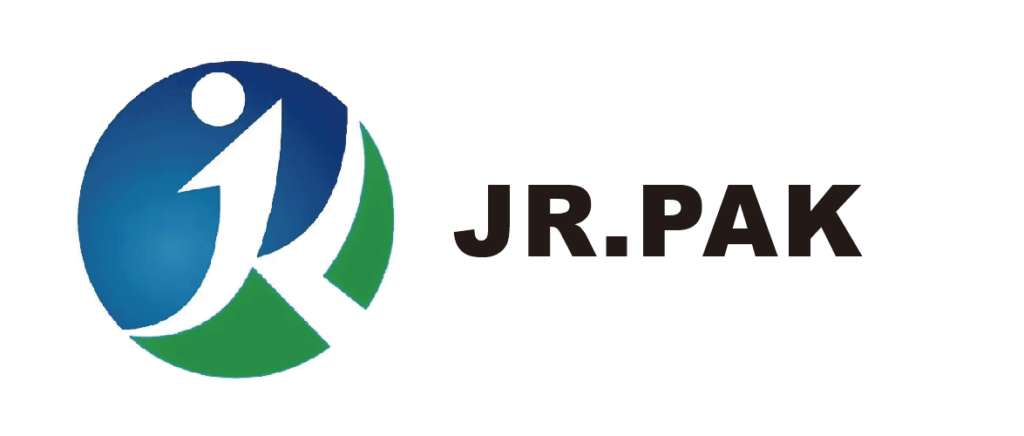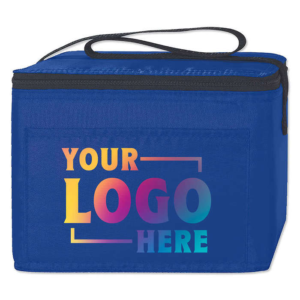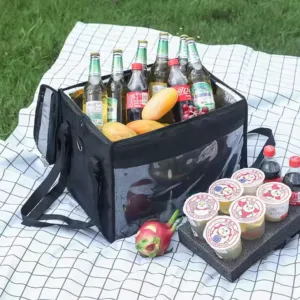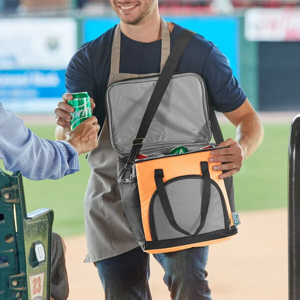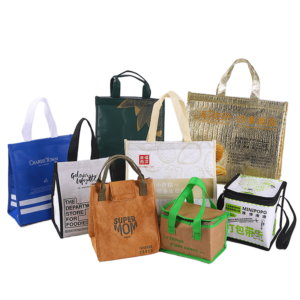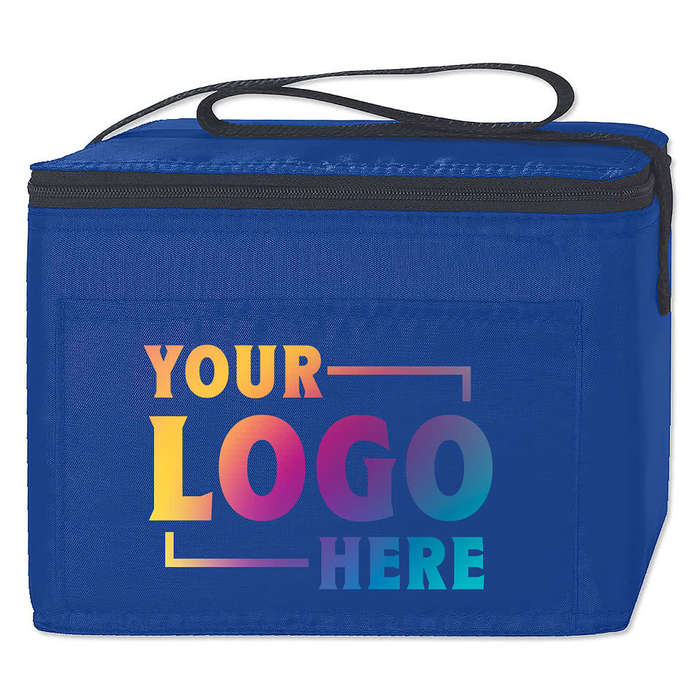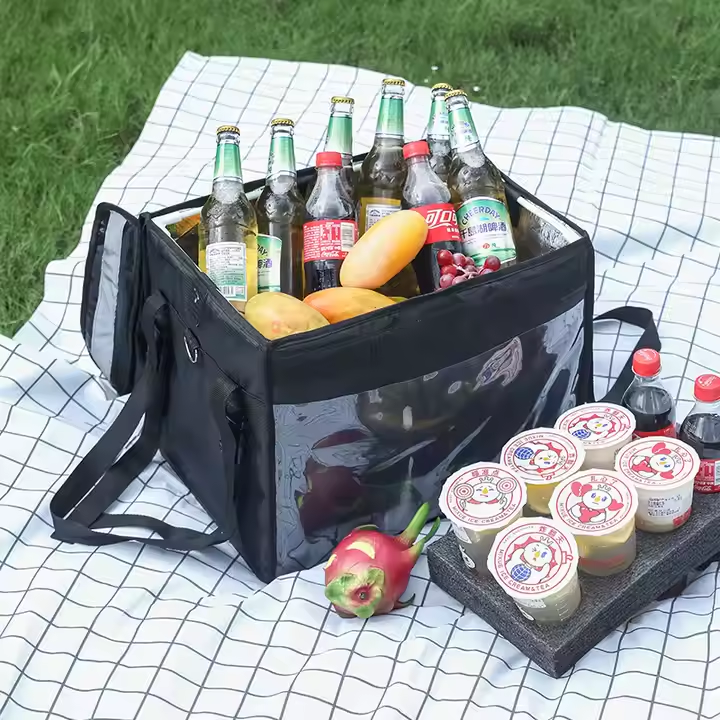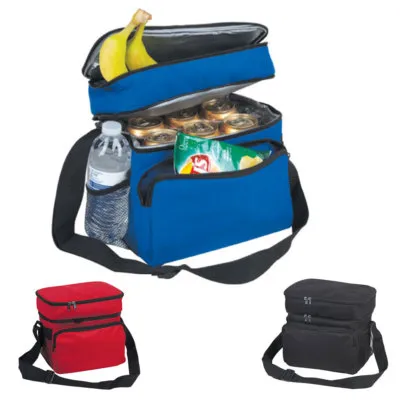Sourcing woven bags[^1] comes with significant challenges that can disrupt operations, increase costs, and damage brand reputation. This guide highlights the six most common supply chain risks and actionable ways to manage them effectively.
6 Supply Chain Risks When Sourcing Woven Bags and How to Avoid Them
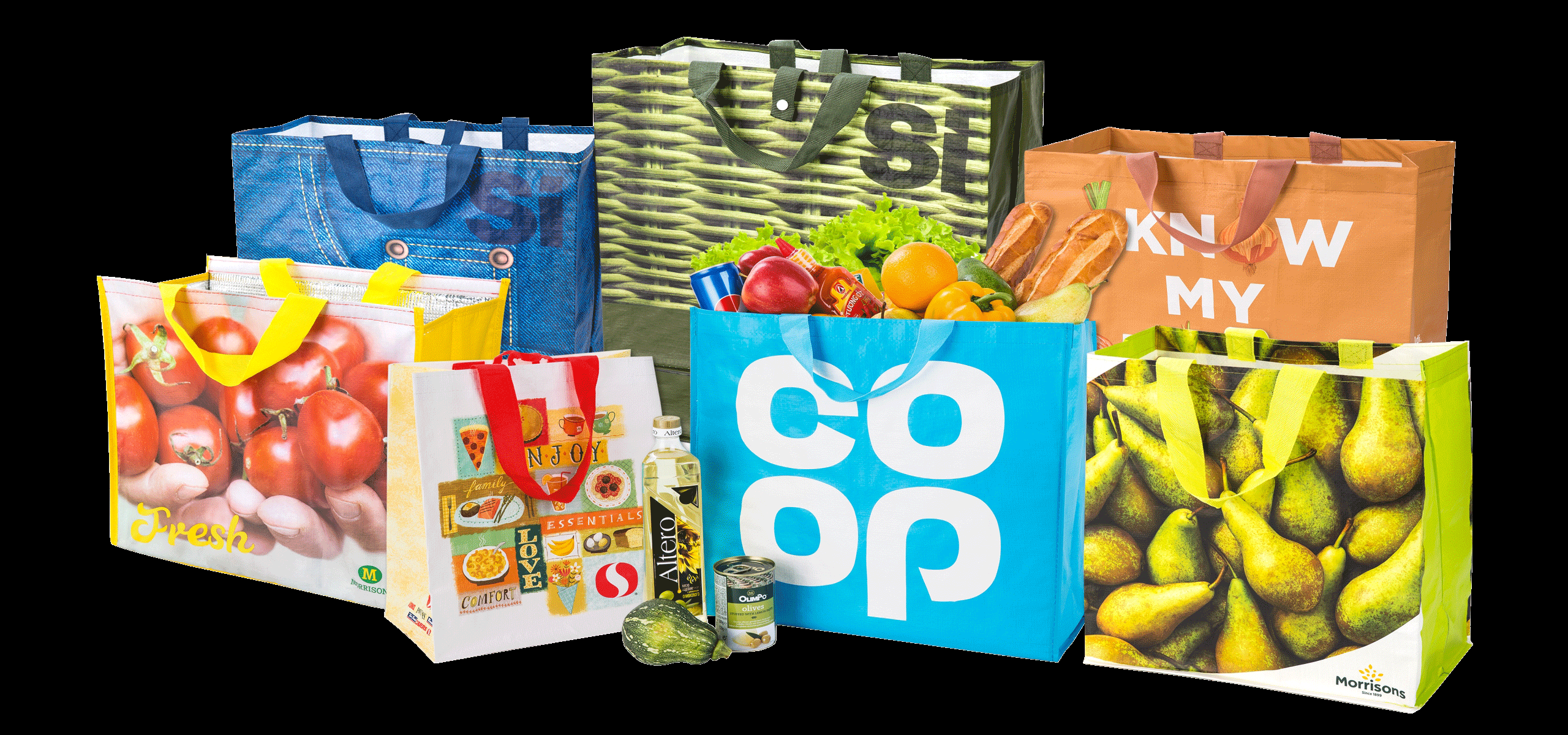
Supply chain risks in woven bag sourcing include material shortages[^2], quality issues, delays, and compliance problems. Businesses can reduce these risks through diversification, audits, contracts, and better digital tools.
Knowing the risks isn’t enough—keep reading to see what practical steps can protect your operations and bottom line.
1. Raw Material Shortages
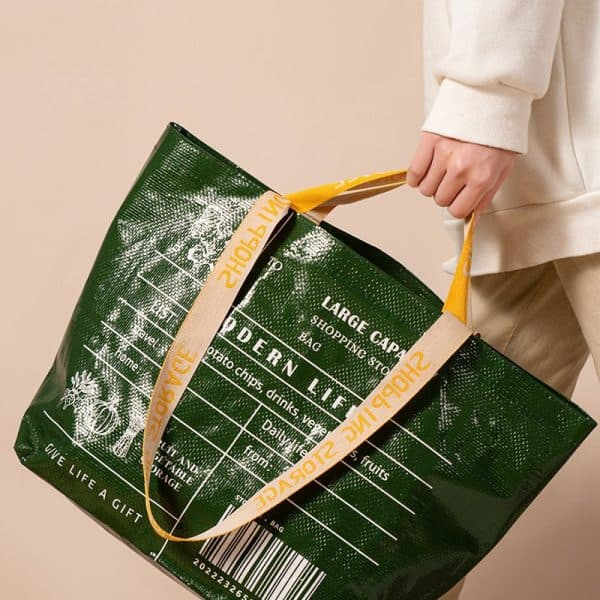
Disruption from Global Events
Raw material shortages[^2], especially polypropylene (PP), can stall production. Prices rise during global crises, political instability, or extreme weather. Events in key exporting countries like India or China impact supply chains worldwide.
How to Think Critically
Startups often depend on a single material source. This lowers cost at first but adds long-term risk. A sudden disruption can halt production for months.
Solutions
Shortage Risk Management Table
| Strategy | Benefit |
|---|---|
| Multi-supplier sourcing | Reduces single-point failure |
| Safety stock levels | Maintains output during disruption |
| Supplier partnerships | Improves visibility and response |
Proactively build relationships with suppliers across regions. This adds flexibility and early warning on market changes.
2. Quality Control Issues
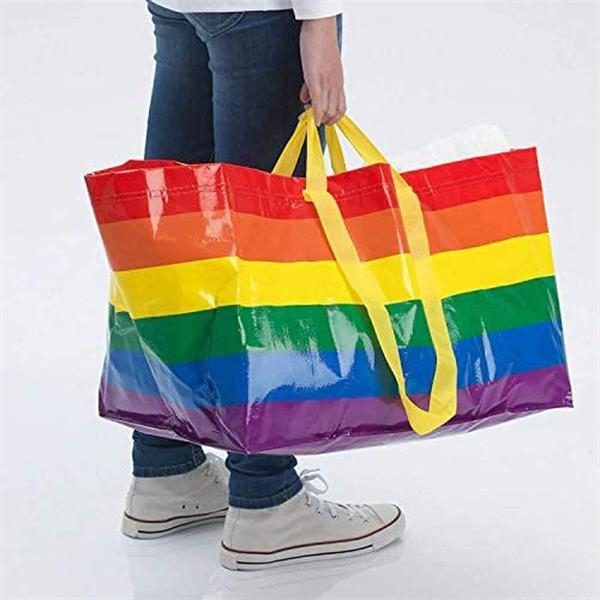
Inconsistencies and Customer Returns
Some suppliers cut corners. Bags may tear, fade, or carry odor. This damages trust, increases return rates, and causes reputational harm.
How to Think Critically
Many buyers rely only on certificates or one-time checks. But quality can drop over time. Relying on photos or marketing alone is risky.
Solutions
Quality Control Checklist
| Measure | Purpose |
|---|---|
| Sample testing (pre-order) | Verify claims |
| Third-party audits | Identify ongoing factory issues |
| Certifications (ISO, SGS) | Ensure quality frameworks |
Use third-party labs for tensile and load tests. Establish written QC protocols and hold suppliers accountable with penalties in contracts.
3. Transportation Delays and Disruptions
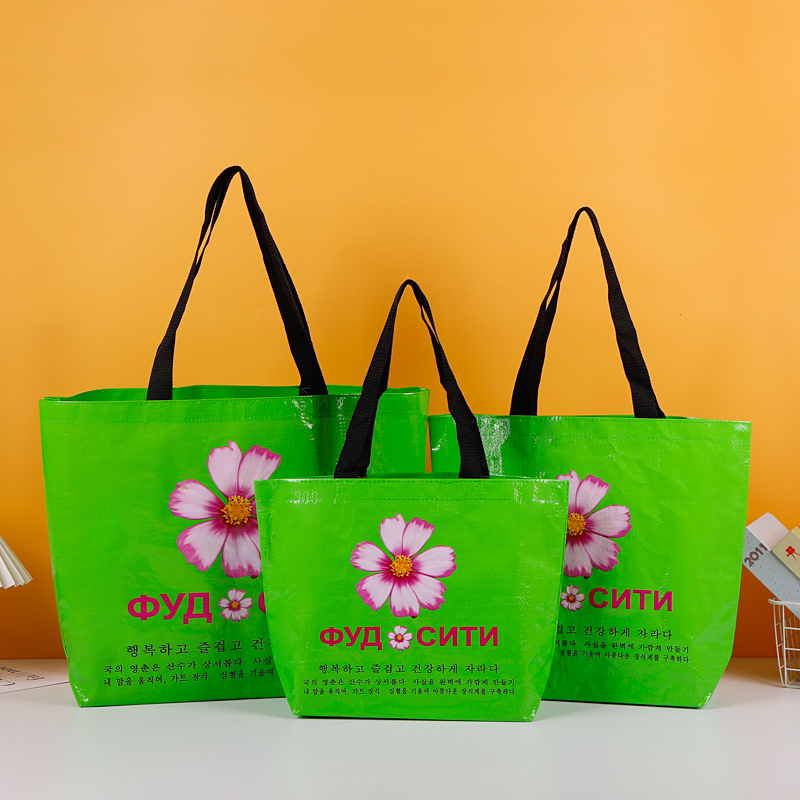
Missed Deadlines and Extra Costs
Shipping is vulnerable to customs issues, port strikes, and container shortages. These delays create stockouts, missed launches, and penalty fees from retail partners.
How to Think Critically
Even reliable suppliers can’t avoid port congestion or strikes. Businesses that rely on single ports or modes of transport face higher exposure.
Solutions
Logistics Planning Framework
| Strategy | Use Case |
|---|---|
| Backup routes and carriers | Reduce dependency on one shipper |
| Real-time tracking tools | Spot and react to delays early |
| Warehousing options | Buffer near destination points |
Choose freight forwarders with flexible global networks. Some brands pre-stock in local warehouses to reduce last-mile delay impact.
4. Regulatory and Compliance Challenges
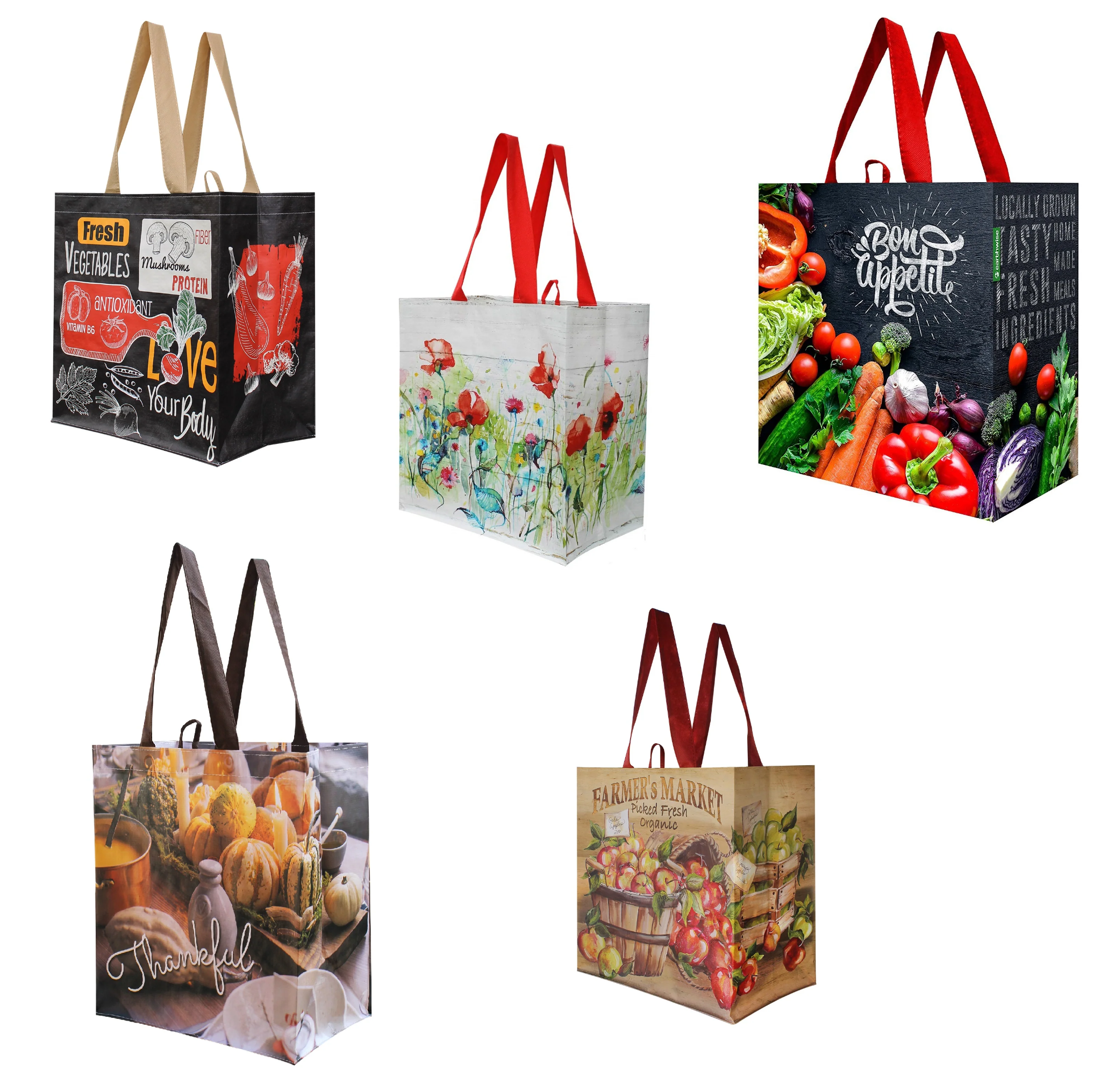
Regional Law Changes
Regulations around materials, labeling, and sustainability vary. Some countries require compostability tests; others restrict certain inks or packaging sizes.
How to Think Critically
Assuming that supplier compliance in one country applies globally is a mistake. A non-compliant shipment can be seized or fined, delaying months of work.
Solutions
Compliance Risk Reduction
| Step | Why it Helps |
|---|---|
| Track legal updates per market | Stay proactive, not reactive |
| Require up-to-date certificates | Avoid expired or fake documents |
| Digital traceability systems | Document proof of compliance |
Always check the regulatory situation in both the sourcing country and destination market. Hire local legal experts or compliance consultants where needed.
5. Supplier Reliability and Transparency
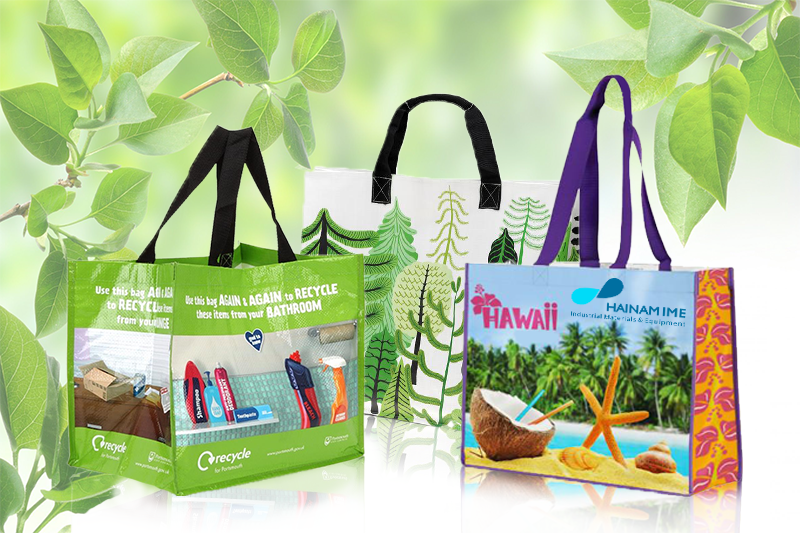
Broken Promises and Poor Visibility
Some suppliers fail to meet deadlines, underdeliver quantities, or provide inaccurate data. This unpredictability increases risk.
How to Think Critically
Even experienced brands can misjudge a supplier’s capacity or honesty. New suppliers might overpromise or subcontract work without telling you.
Solutions
Supplier Vetting Checklist
| Factor | Why It Matters |
|---|---|
| Financial audits | Test long-term stability |
| Site visits | Verify actual production capacity |
| Contract clarity | Define delivery terms, penalties |
Use blockchain or supply chain SaaS tools to track delivery, quality, and payment. Transparency helps flag risks before they cause damage.
6. Price Volatility
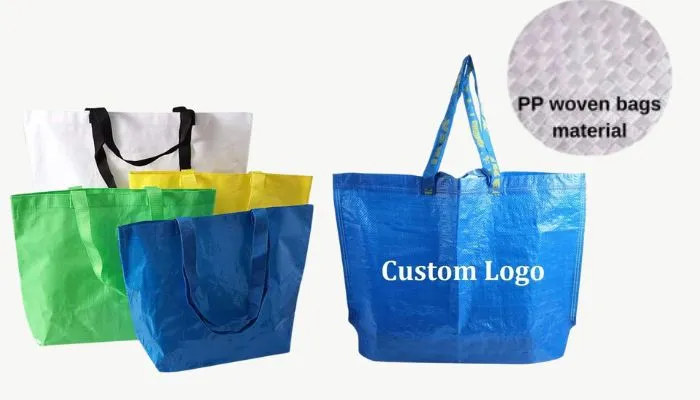
Market Spikes in Raw Materials and Freight
Oil-based materials like polypropylene and shipping costs are volatile. Sudden changes eat into margins and make planning hard.
How to Think Critically
Some companies chase the lowest short-term price. This looks smart in the short run but backfires during price spikes or crises.
Solutions
Price Volatility Strategy Table
| Action | Impact |
|---|---|
| Fixed-price contracts | Budget stability |
| Regional sourcing | Reduce exposure to global swings |
| Spot market monitoring tools | Predict price increases |
Use supplier cost-sharing clauses or long-term contracts. Consider sourcing from nearby regions to reduce exposure to oil and freight volatility.
Conclusion
Every supply chain risk—whether in quality, transport, regulation, or price—can be managed with the right strategies. The key is preparation and choosing trustworthy, transparent partners. Woven bag buyers should start with clear contracts, regular audits, and diversified sourcing.
At JiaRong Packing, we have worked with hundreds of international clients facing similar challenges. Our systems focus on consistency, compliance, and communication. Have you faced supply chain problems when sourcing bags? Share your story in the comments—we’d love to help you find solutions.
---
[^1]: Explore effective strategies to ensure quality and reliability in your woven bag sourcing.
[^2]: Learn proactive measures to avoid production delays caused by material shortages.